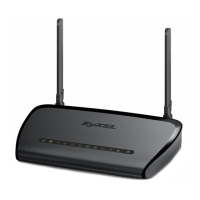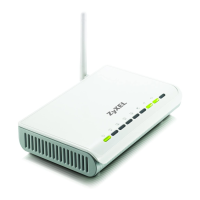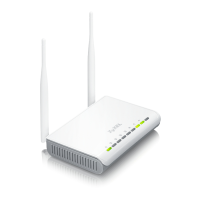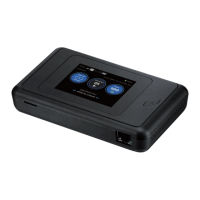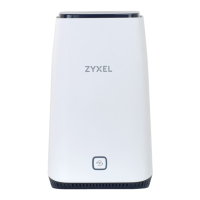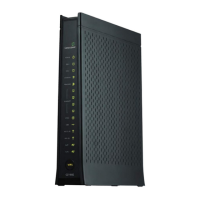Chapter 13 Applications
NBG6815 User’s Guide
111
13.2.1.2 Add/Edit a Service
Click Add new service in the Parental Control > Add new rules screen to add a new entry or
click the Edit icon next to an existing entry to edit it. Use this screen to configure a service rule.
Figure 72 Expert Mode > Applications > Parental Control > General: Add/Edit new rules: Add new
service
The following table describes the fields in this screen.
Network Service
Network
Service Setting
If you select Block, the NBG6815 prohibits the users from using the services listed below.
If you select Allow, the NBG6815 blocks all services except ones listed below.
Add new
service
Click this to show a screen in which you can add a new service rule. You can configure the
Service Name, Protocol, and Port of the new rule.
# This shows the index number of the rule. Select the checkbox next to the rule to activate it.
Service Name This shows the name of the service.
Protocol:Port This shows the protocol and the port of the service.
Modify Click the Edit icon to go to the screen where you can edit the rule.
Click the Delete icon to delete an existing rule.
Block Site/URL Keyword
Keyword Enter a keyword and click Add to add it to the keyword list. This has the NBG6815 block
access to the website URLs that contain the keyword.
Keyword List Select a keyword and click Delete to remove it.
Click Clear All to remove all keywords from the keyword list.
Apply Click Apply to save your settings back to the NBG6815.
Back Click Back to return to the previous screen.
Table 39 Expert Mode > Applications > Parental Control > General: Add/Edit new rules (continued)
LABEL DESCRIPTION
Table 40 Expert Mode > Applications > Parental Control > General: Add/Edit new rules: Add new
service
LABEL DESCRIPTION
Service Name Select the name of the service. Otherwise, select UserDefined and manually specify the
protocol and the port of the service.
If you have chosen a pre-defined service in the Service Name field, this field will not be
configurable.
Protocol Select the transport layer protocol used for the service. Choices are TCP, UDP, or TCP/
UDP.

